3 Benefits Of Shea Butter For Hair Growth And How To Use It
Get luscious locks and restore dry, damaged hair with a natural rejuvenating butter
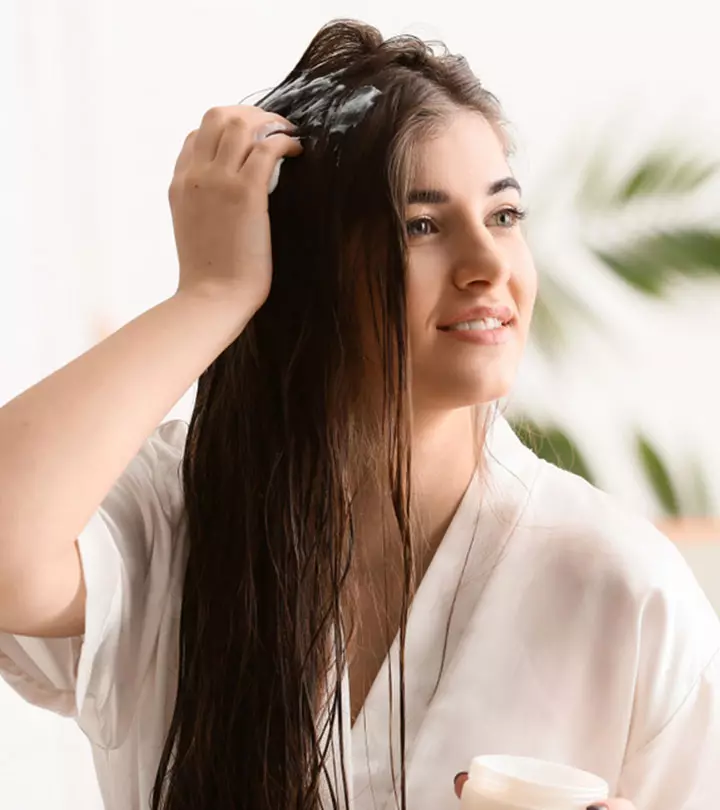
Image: Shutterstock
You have used shea butter for the skin. However, did you ever consider using shea butter for hair? Surprised? Don’t be, because you can use it to care for your locks. Shea butter is often called “Mother Nature’s conditioner” as it has excellent moisturizing properties. And now, many hair care products rely on this natural moisturizer to maintain overall hair health and softness.
Shea butter can soothe dry, itchy, and irritated scalp, keep your hair soft, moisturized, and nourished. This may help minimize frizz and breakage. If you are keen to give it a try, scroll down to learn how shea butter may benefit your hair and ways to use it for your hair.
In This Article
What Is Shea Butter?
Shea butter is derived from the shea tree nut kernels. The tree is native to the tropical East and West Africa, and the butter derived from the nuts has versatile usage. Shea butter is used in the food and is a common ingredient in skincare, cosmetics, and hair care products.
Shea butter is a natural moisturizer and has anti-inflammatory properties (1). It is used as a base for medicinal ointments.
Shea butter’s hair benefits are not extensively studied. However, its moisturizing and anti-inflammatory properties may help keep the scalp and hair healthy. In the following section, let us understand the benefits of shea butter for hair more closely.
 Quick Tip
Quick TipKey Takeaways
- Shea butter, derived from the shea tree nut kernels, has moisturizing and anti-inflammatory properties.
- Shea butter can soothe a dry and irritated scalp, keep hair moisturized, and minimize frizz and breakage.
- Shea butter is good for moisturizing thick and coarse curls but may weigh down fine hair and make it greasy.
Benefits Of Shea Butter For The Hair
1. Protects The Hair Against Heat Damage
Shea butter has moisturizing properties. It can work as a sealant and shield your hair from heat styling tools. Shea butter is rich in vitamin E (3). This can help minimize hair damage and nourish the strands. Apply a little amount of shea butter to your hair before blow-drying and straightening.
2. Soothes An Itchy Scalp
Shea butter contains phenols, tocopherols (vitamin E), sterols, and triterpenes. All these compounds are responsible for their antioxidant and anti-inflammatory properties (4). It can help minimize itching and scalp irritation and maintain scalp health.
3. Prevents Hair Breakage
Natural hair tends to be dry and is breakage-prone. The natural fats and vitamins in shea butter can nourish and hydrate your curls to minimize dryness, damage, and breakage. Applying shea butter to curly hair helps control frizz and improves manageability.
Tariro, a hair, beauty, and lifestyle blogger, expresses the transformative impact of shea butter on her hair. According to her, “I feel it locks in moisture, my hair gets that springy effect and doesn’t break as much as it used to especially after spritzing water and when I am going for a neat fro (i).”
 Quick Tip
Quick Tip4. Enhances Shine And Texture
If your hair feels dull and lifeless, shea butter might just be the pick-me-up it needs. It has emollient properties that smooths the hair cuticle, giving your strands a natural, glossy finish. It can revive dull hair with regular use, leaving it vibrant, healthy-looking, and full of life.
Although shea butter has multiple benefits, keep a few things in mind before using shea butter on your hair.
Things To Consider Before Applying Shea Butter
- The Type Of Shea Butter
Shea butter extracts are available in different forms, and not all have the same efficacy as a hair care product. Raw, unrefined shea butter is of the highest quality. At room temperature, shea butter has a semi-solid consistency and is easily absorbed by the skin and hair. Refined shea butter may not be as beneficial.
- Your Hair Texture
Shea butter acts differently on different hair textures. It leaves a protective coating on your hair and is good for taming thick and coarse curls. However, it may weigh fine hair down and make it greasy.
But can you use shea butter to speed up hair growth? Find out in the next section.
Can Shea Butter Speed Up Hair Growth?
There is no scientific evidence proving that shea butter can promote hair growth. However, anecdotal evidence suggests that regularly massaging your scalp with warm shea butter reduces inflammation, rejuvenates the hair follicles, and promotes hair growth. Using shea butter on the hair also prevents split ends and reduces breakage. However, shea butter may cause side effects if you are allergic to it.
Check out the next section for the steps to use the butter for stronger and shinier tresses.
How To Use Shea Butter For Your Hair
Here are a few simple steps to use it on your hair:
- Take a small amount of shea butter and warm it in your hands until it becomes a soft, melty consistency.
- Apply it on damp or dry hair, focusing on the ends and areas prone to damage.
- Massage the shea butter into your scalp for added nourishment.
- Rinse it after keeping it for 3-5 minutes.
Shea Butter Side Effects
Shea butter is generally considered safe to use. However, if you have a nut allergy, it may cause:
- Breakouts
- Hives
- Itchy skin and rashes
- Nausea
If you experience an allergic reaction after using shea butter, contact your doctor immediately.
There are a lot of products that contain shea butter. You may buy any of them as per your hair type and texture.
Shea Butter Hair Products
While using unrefined shea butter is best for the hair, you may also try products like shampoos, conditioners, deep conditioning hair masks, oils, and serums for your hair.
If you have rough, dry, damaged, and curly hair, use a deep conditioning mask can help. You can also try DIY shea butter recipes for your hair.
How To Store Shea Butter
Store shea butter in a cool, dark place away from direct sunlight and heat. Keep it tightly sealed in a container to prevent air exposure in order to preserve its natural properties and extend its shelf life.
Numerous people use shea butter for skin, as it helps keep it moisturized. However, it is also an excellent ingredient for your hair. It is a great nourishing ingredient and can help repair damaged and brittle hair. Using shea butter for hair may make your locks manageable, soft, and smooth. You can use pure shea butter and prepare DIY masks or use shea butter-infused hair care products like serums and conditioners. However, if you are using unrefined shea butter, ensure to buy the best quality product and do a patch test to avoid the risk of allergic reactions, especially if you have a nut allergy. Consult a doctor if you experience any side effects.
Frequently Asked Questions
Can shea butter help with scalp conditions like dandruff?
Yes, shea butter may help soothe an itchy scalp and reduce the appearance of dandruff. Its anti-inflammatory properties can calm irritation, while its hydrating effects alleviate dryness and flakiness. Regular application helps maintain scalp health, minimizing dandruff over time.
What happens if you leave shea butter in your hair?
Shea butter has great benefits for your hair and scalp, and there are adverse effects of leaving it in your hair unless you are allergic to it. There are many ways to use it to moisturize your hair. You can apply a shea butter mask, leave it on for 20-30 minutes, and then rinse it off. If your hair is exceptionally dry, you may leave shea butter in your hair overnight and wash it off in the morning.
How often should you put shea butter in your hair?
Use shea butter on your hair once or twice a week after washing your hair. Do not use it every day as it can make your hair and scalp greasy.
How do you wash shea butter out of your hair?
Use a mild shampoo and lukewarm water to wash shea butter out of your hair.
Shea butter from the African shea tree kernel boasts of anti-inflammatory and soothing effects, serving as a versatile ingredient for skincare and haircare. Discover its diverse uses in prescription products and personal care routines in this video below.
Personal Experience: Source
StyleCraze's articles are interwoven with authentic personal narratives that provide depth and resonance to our content. Below are the sources of the personal accounts referenced in this article.
(i) My 4c hair’s love-hate relationship with SHEA BUTTERhttps://girlsandladies.wordpress.com/2017/12/20/zim-girl-opinion-my-4c-hairs-love-hate-relationship-with-shea-butter/
References
Articles on StyleCraze are backed by verified information from peer-reviewed and academic research papers, reputed organizations, research institutions, and medical associations to ensure accuracy and relevance. Read our editorial policy to learn more.
- Effects of Topical and Dietary Use of Shea Butter on Animals,
https://www.researchgate.net/publication/277021242_Effects_of_Topical_and_Dietary_Use_of_Shea_Butter_on_Animals - Influence of Shea (Butyrospermum parkii) butter, TiO2 and ethylhexyl methoxycinnamate on physical parameters and in vitro photoprotective efficacy
https://pubmed.ncbi.nlm.nih.gov/31856404/ - A shea butter rich in tocopherols (Vitamin E) at the dogon plateau and seno bankass in Mali (West Africa),
https://www.researchgate.net/publication/330513311_A_shea_butter_rich_in_tocopherols_Vitamin_E_at_the_dogon_plateau_and_seno_bankass_in_Mali_West_Africa - Anti-Inflammatory and Skin Barrier Repair Effects of Topical Application of Some Plant Oils,
https://www.ncbi.nlm.nih.gov/pmc/articles/PMC5796020/
Read full bio of Dr. Shruti Chavan
Read full bio of Ramona Sinha
Read full bio of Anjali Sayee
Read full bio of Monomita Chakraborty








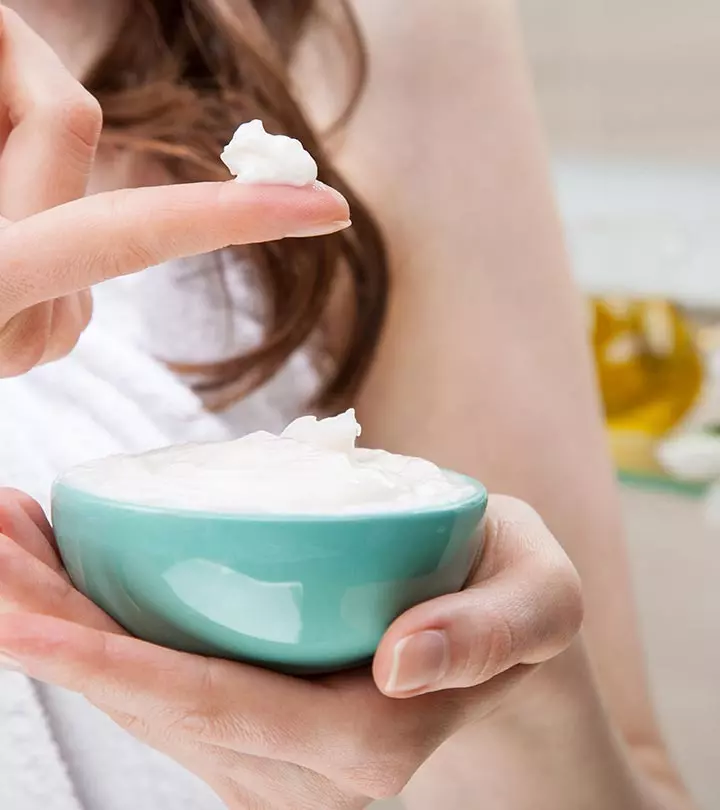
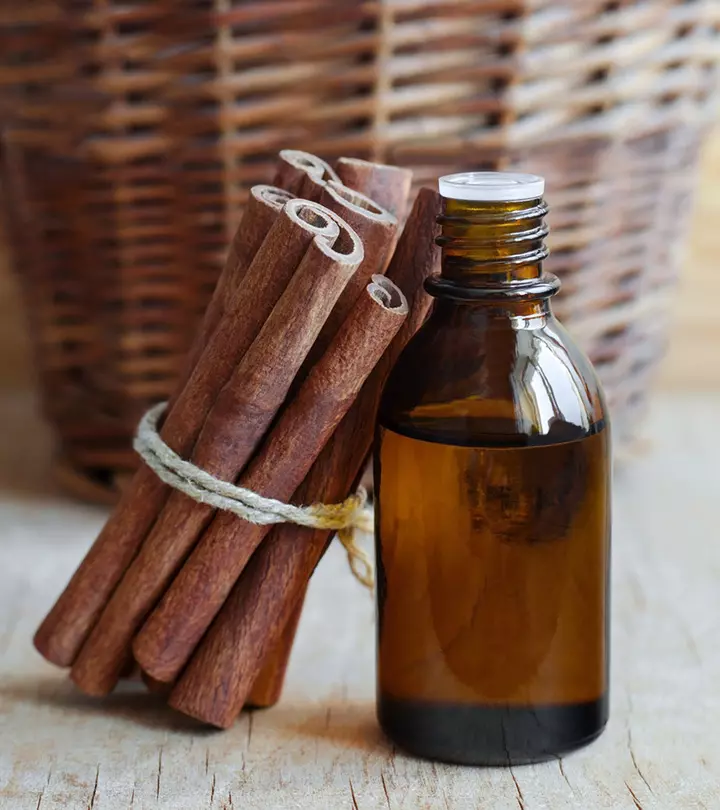

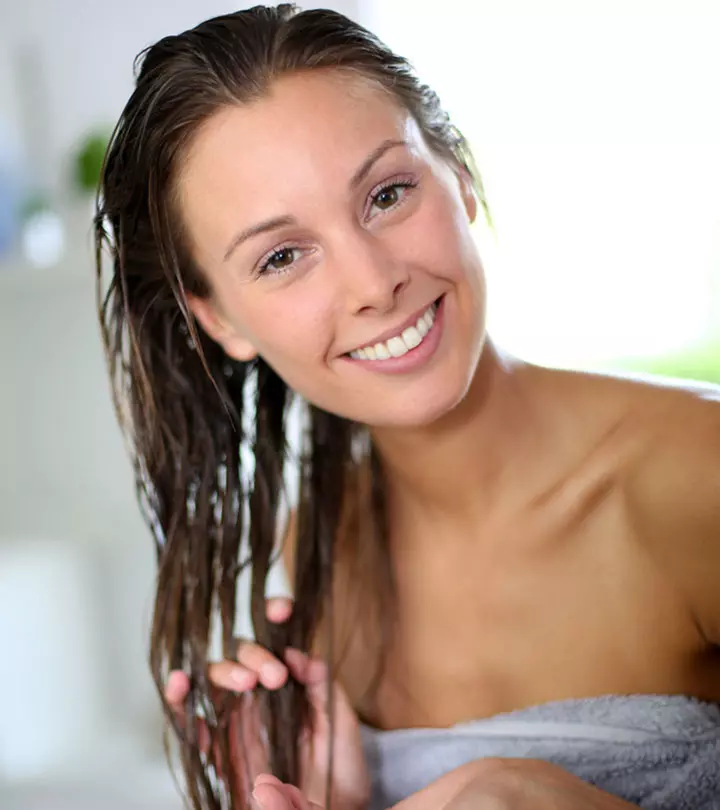
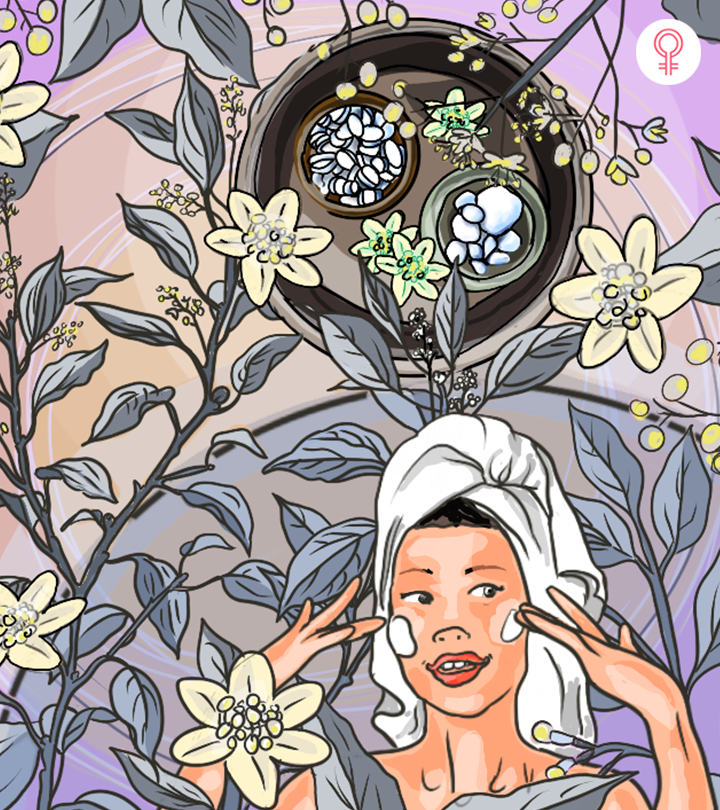

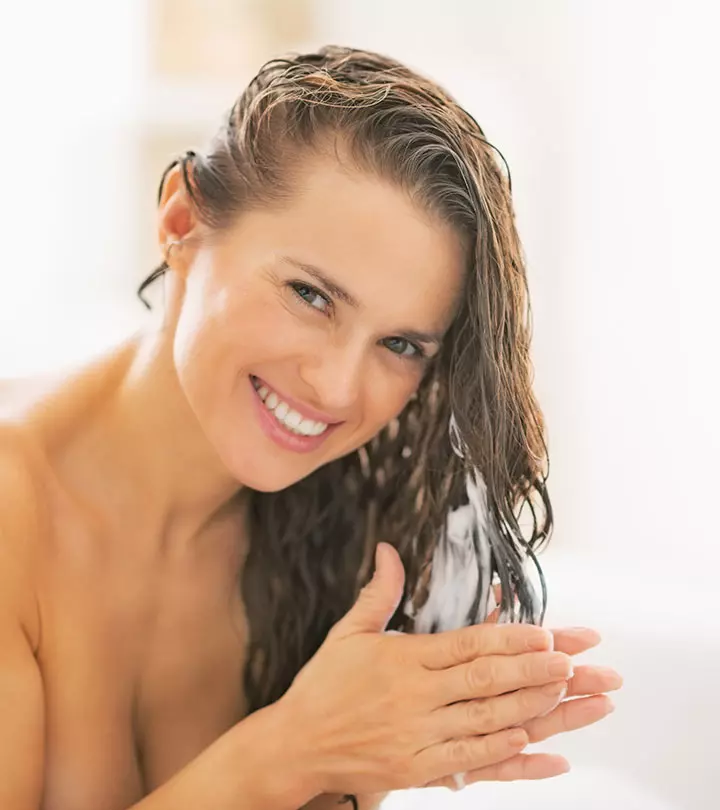
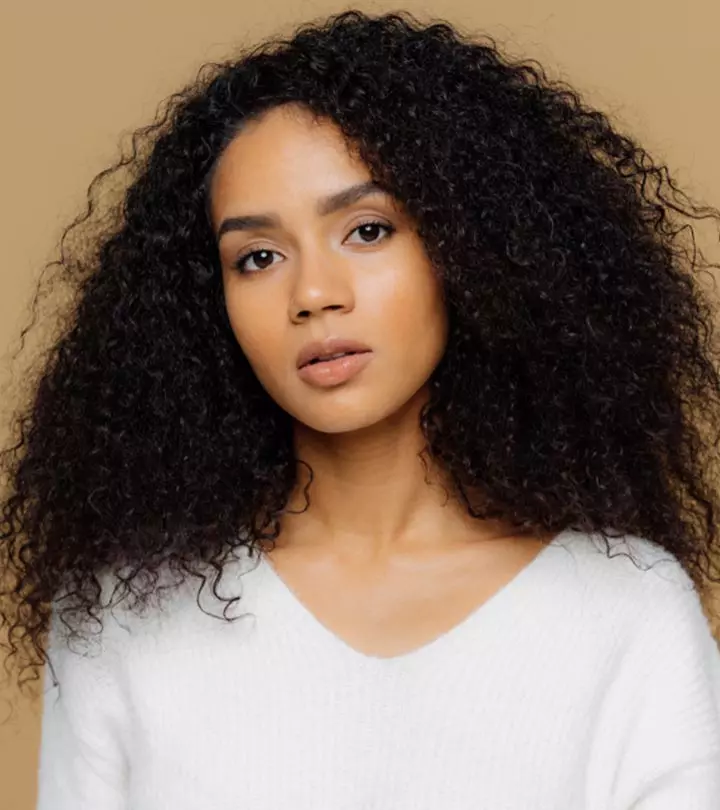
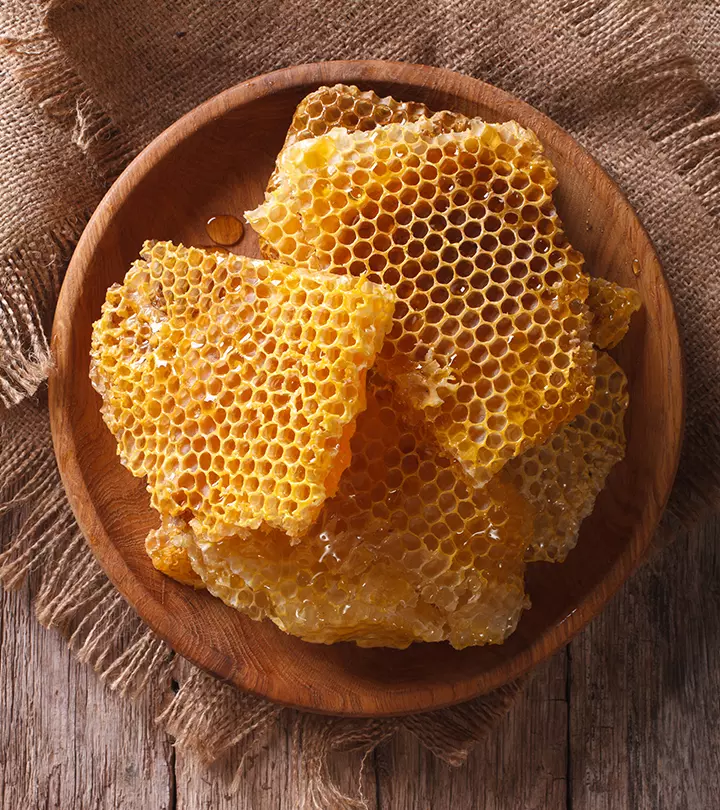
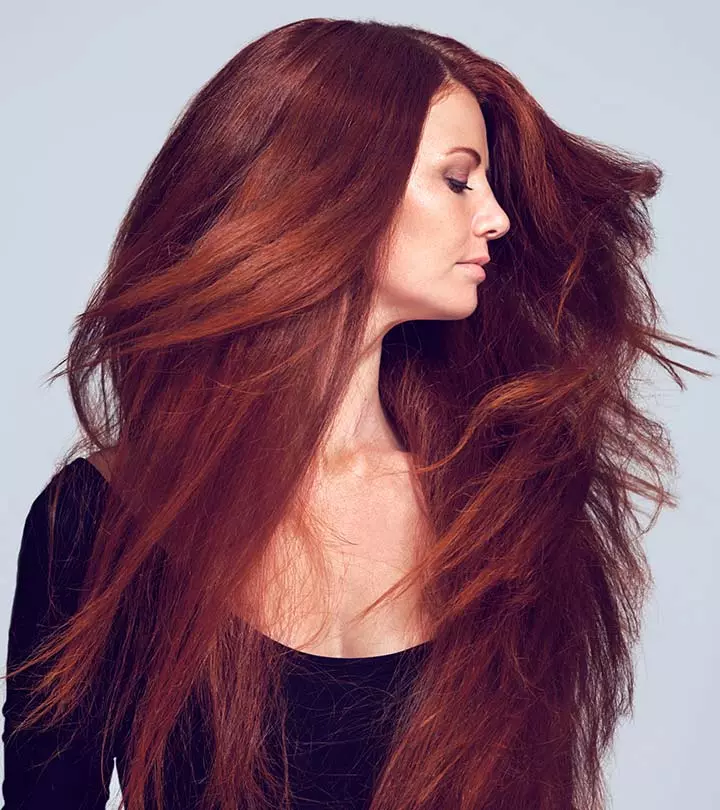
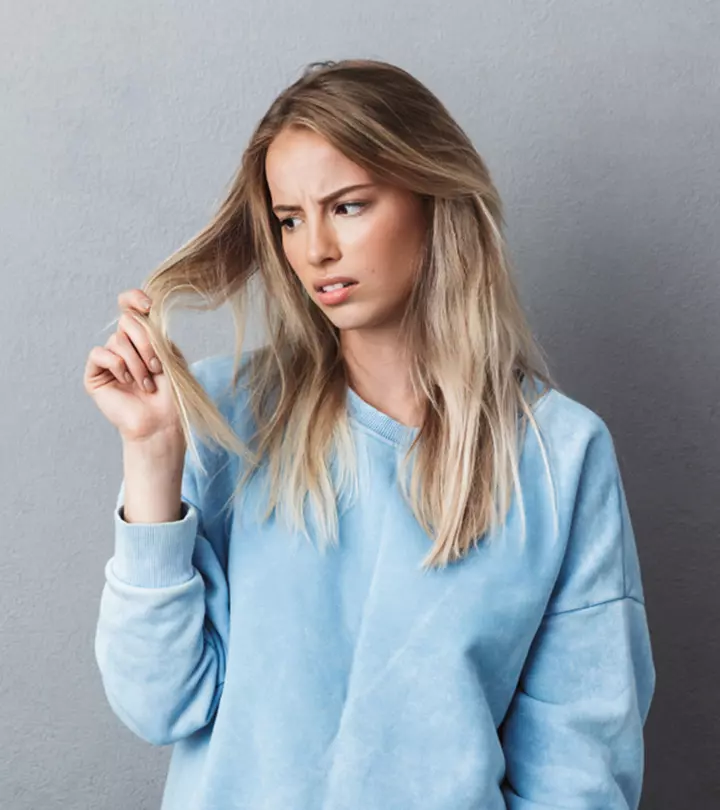

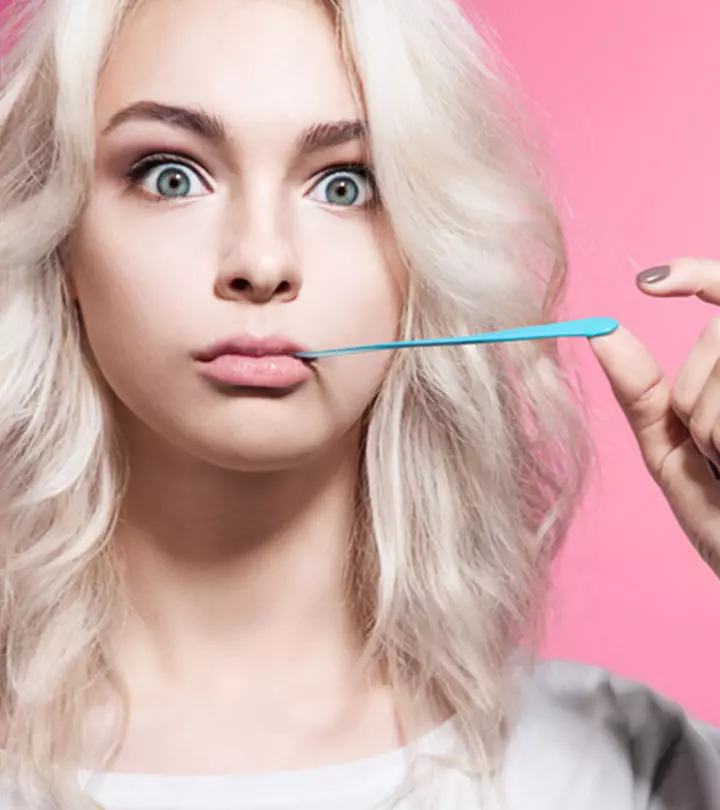
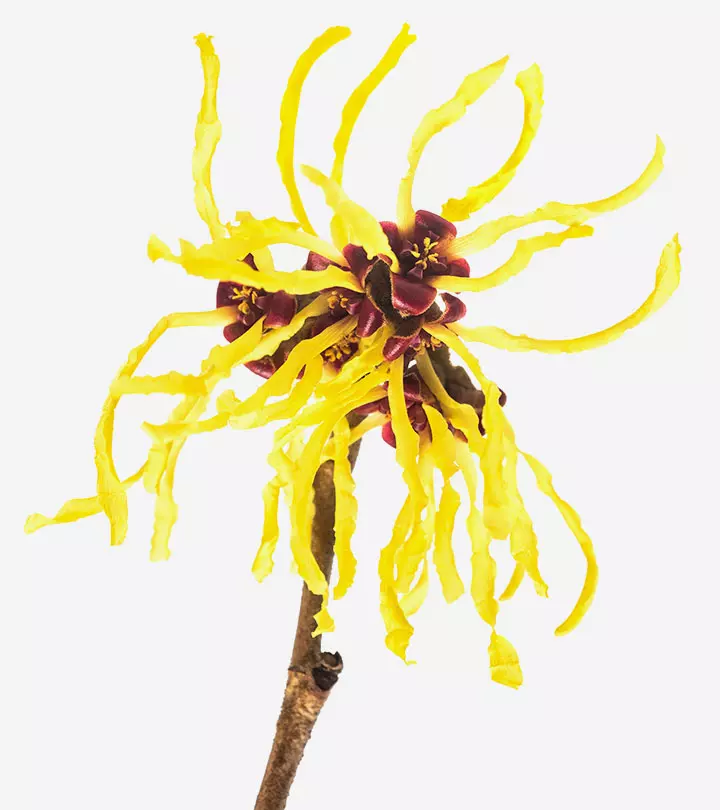
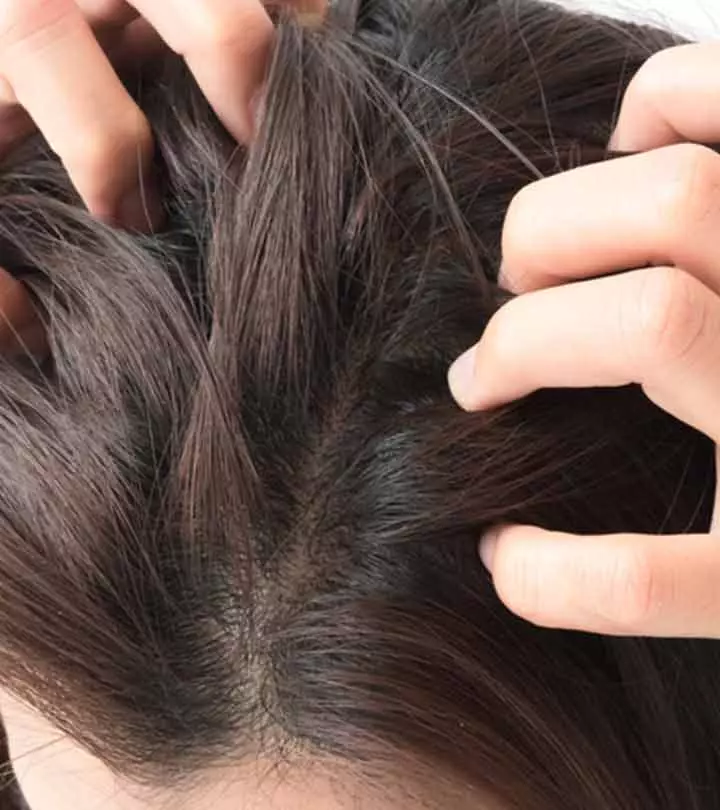
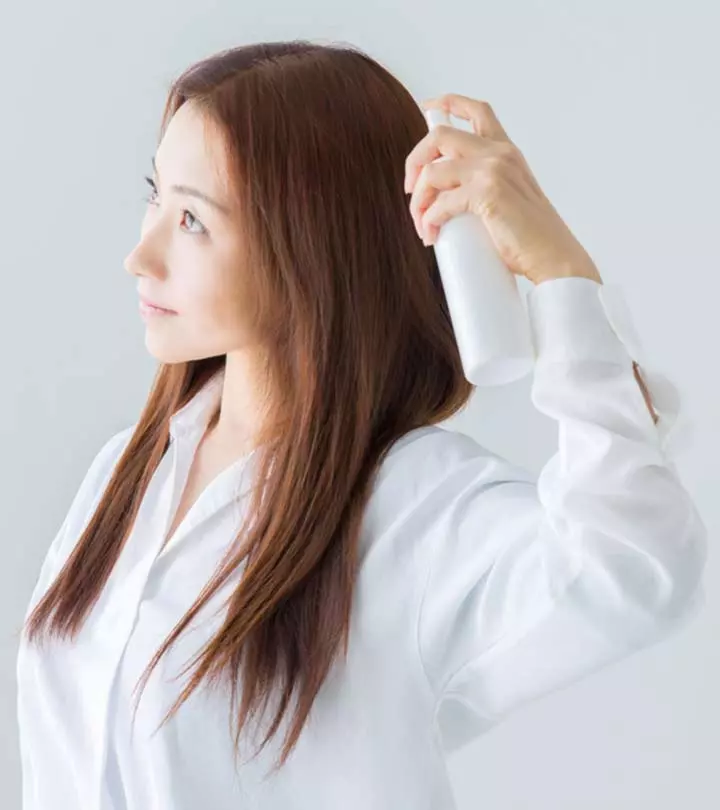
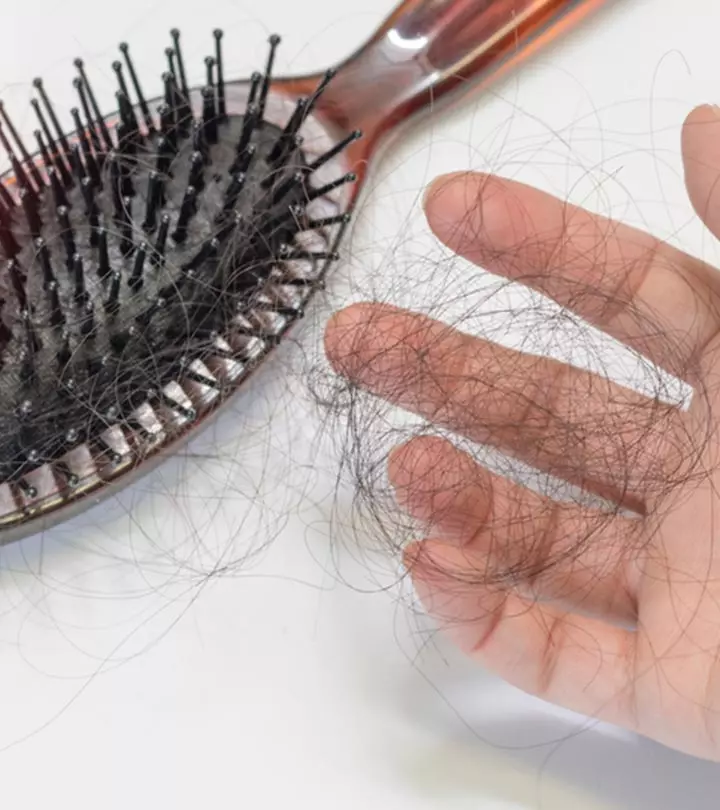
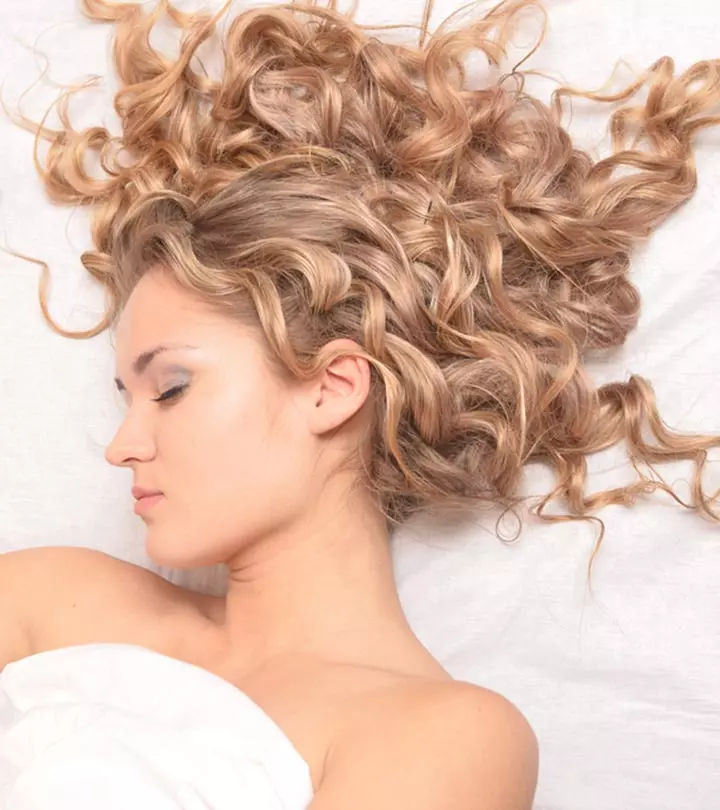
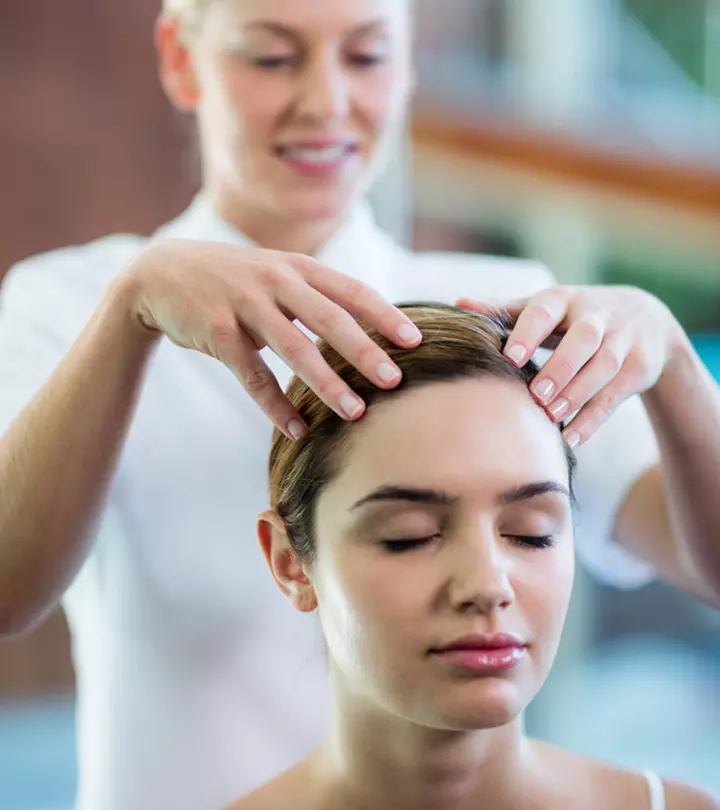
Community Experiences
Join the conversation and become a part of our empowering community! Share your stories, experiences, and insights to connect with other beauty, lifestyle, and health enthusiasts.